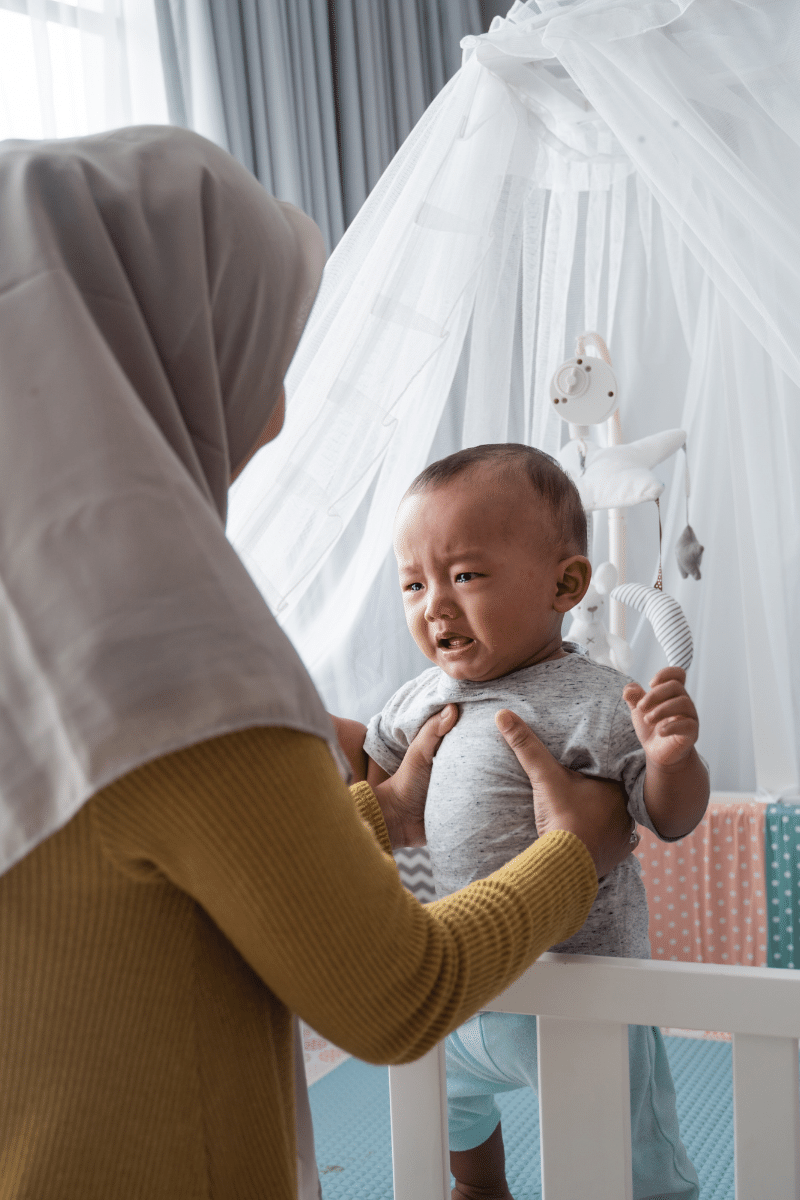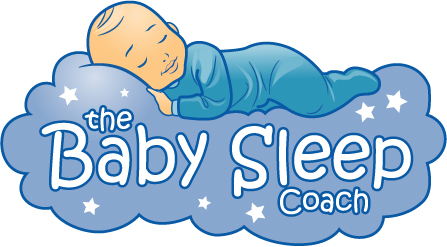
Babies can show signs of separation anxiety as early as six or seven months, but it usually becomes most prominent between the ages of twelve to eighteen months. Your baby is at the age where he is beginning to realize he is his own person. As much as he wants to adventure out on his own, he also wants to keep you close by. Most commonly, separation anxiety strikes when you or your spouse leaves your child to go to work or run an errand. Babies can also experience separation anxiety at night. Sometimes this interferes with putting your baby to bed. There are some things you can do to help your child transition through this time of increasing individuation from you.
Start by spending a little extra time with your baby before nap and bedtime. Adding five to fifteen minutes will suffice. During this time, give him extra attention, cuddles, story time and kisses.
This will allow him to see that you are there for him as well as help settle him for bed. Also give your child a transition object, such as a blanket or a stuffed toy, and incorporate it into your bedtime routine. In addition, during his wake time play lots of games that allow your child to learn the concept of object permanence. Activities that are good for teaching object permanence are peek-a-boo, hiding a toy under a blanket or behind an object, or playing with a jack in the box.
Lastly, always say “goodbye” to your child when you are leaving her. Even if your baby cries when you leave, it is important to say goodbye because it will teach her that when you leave her you will come back. This will help lessen the anxiety and your baby will not become upset if she looks to find you.
